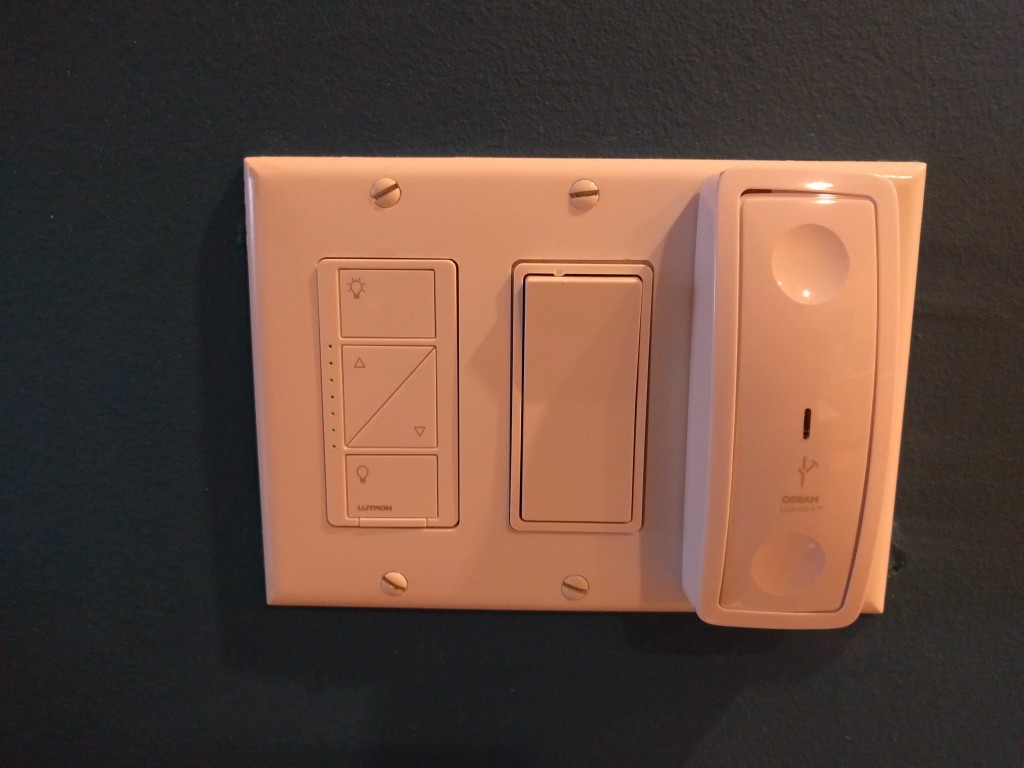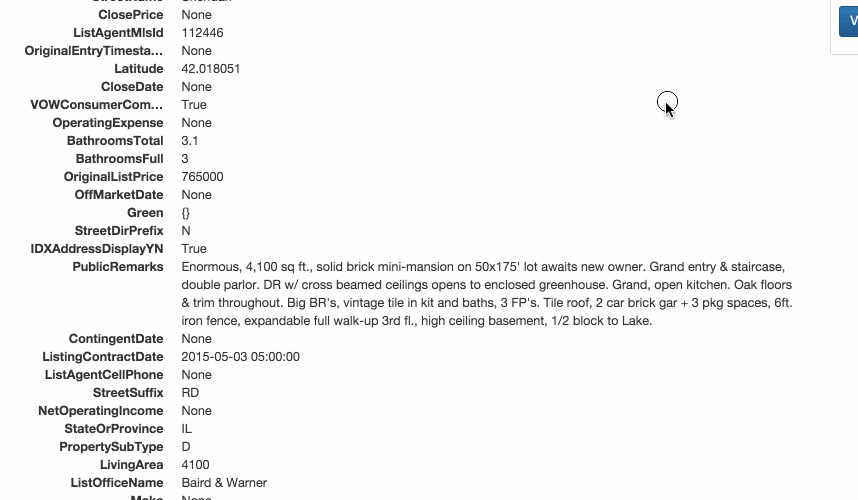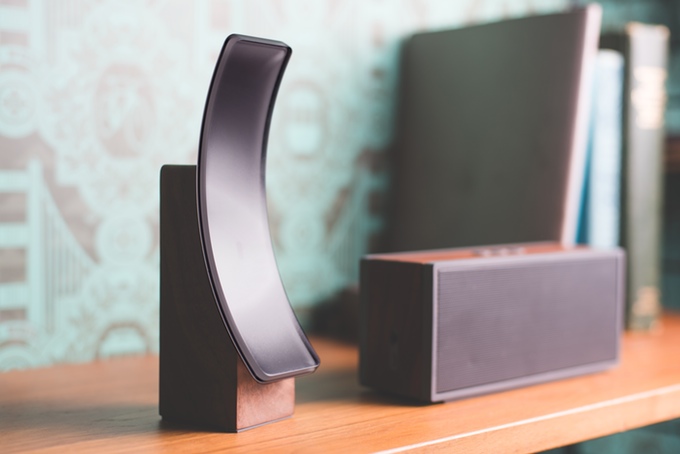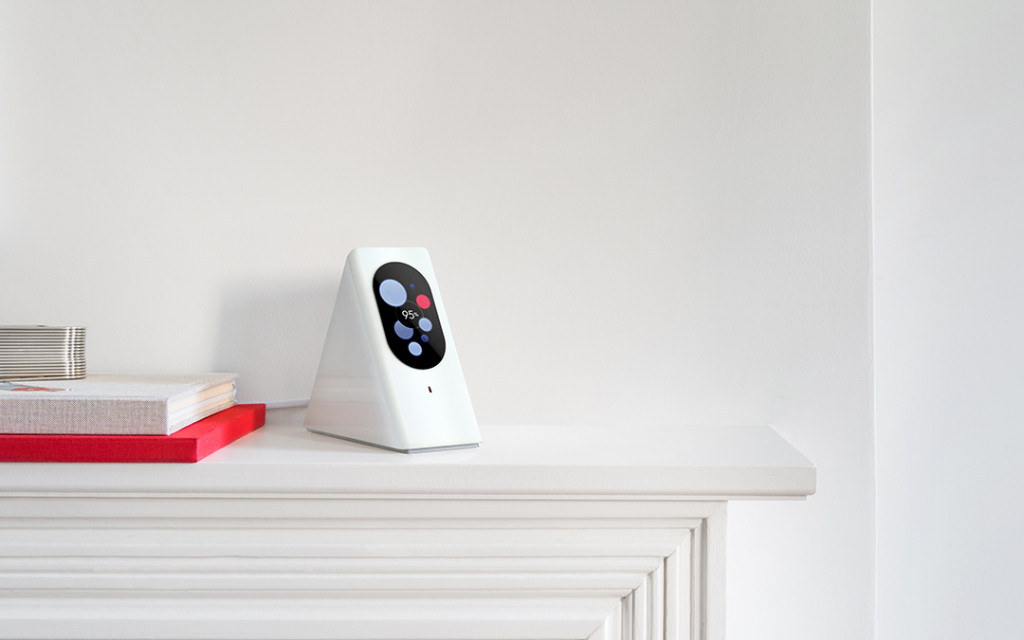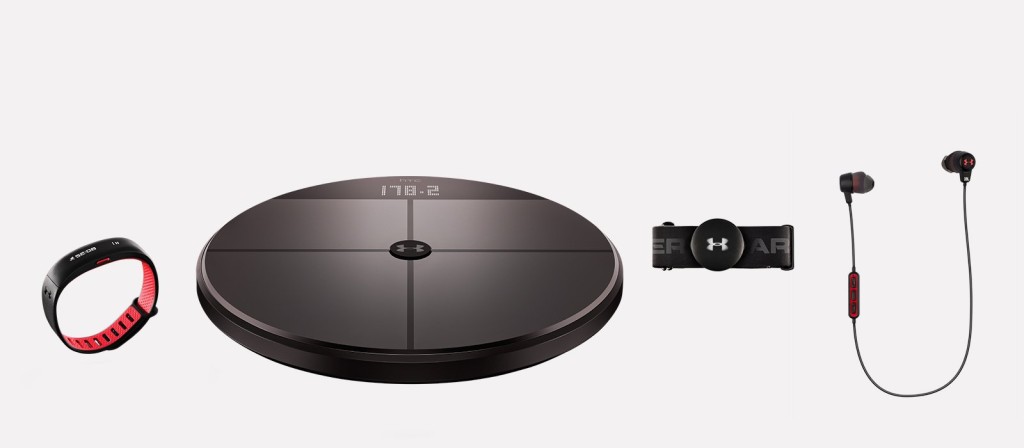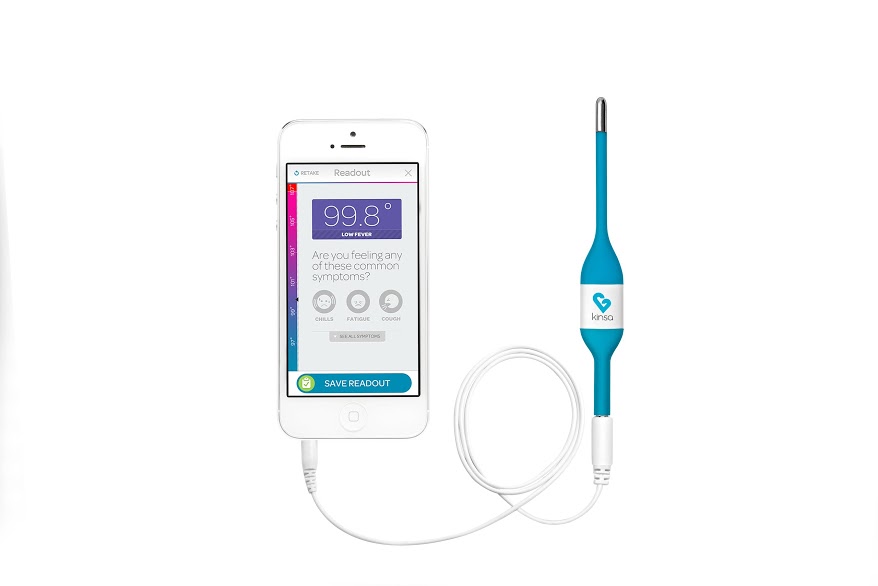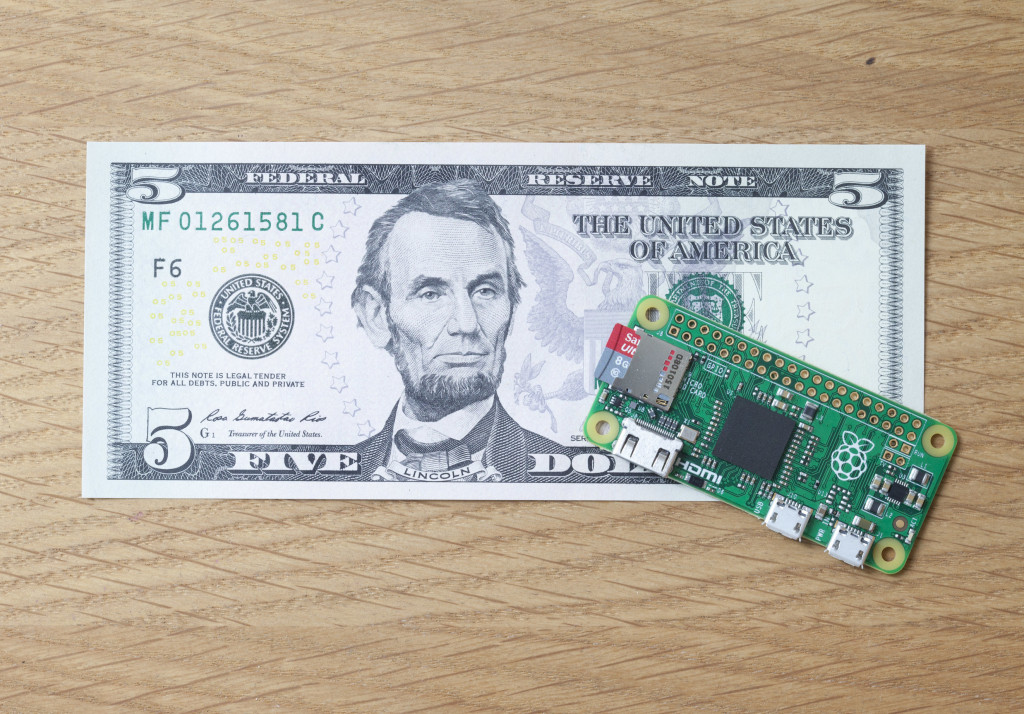This week I was at the NXP Technology Forum interviewing the semiconductor company’s CEO Rick Clemmer about smart cities and smart cars. The most interesting fact he shared was that the BMW Series 7 cars have about $300 worth of silicon inside them. To compare the estimates on the cost of chips inside the Apple iPhone 6 come to roughly $120.

Kevin was at Google IO this week, so next week’s episode should be full of great insights, so Janko Roettgers from Variety was my cohost. He has just been to CES Asia, so we learned about the Amazon Echo of china called Ding Dong and the size of CES Asia. We also discussed new integrations for the Nest, the Amazon IoT Dash button and a then I was kicked out of the room where I was recording. So we didn’t get a chance to cover Google Home and the sound quality isn’t as great because I was live with a wobbly connection. I hope you will bear with it.
Hosts: Stacey Higginbotham and Janko Roettgers
Guest: Rick Clemmer, CEO of NXP
- So many more things work with Nest!
- Tips on the AWS IoT button
- Meet the Amazon Echo of China
- How a chip company thinks about the internet of things
- Cramming chips in cities and cars
Podcast: Play in new window | Download | Embed
Subscribe: RSS

